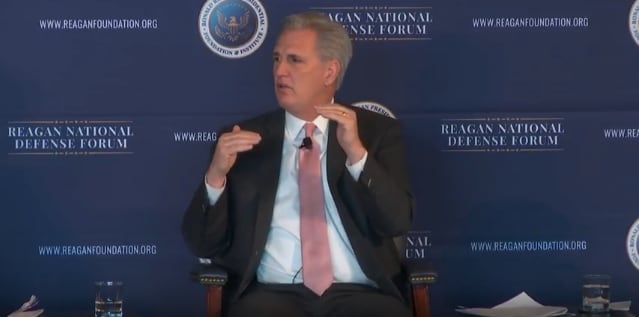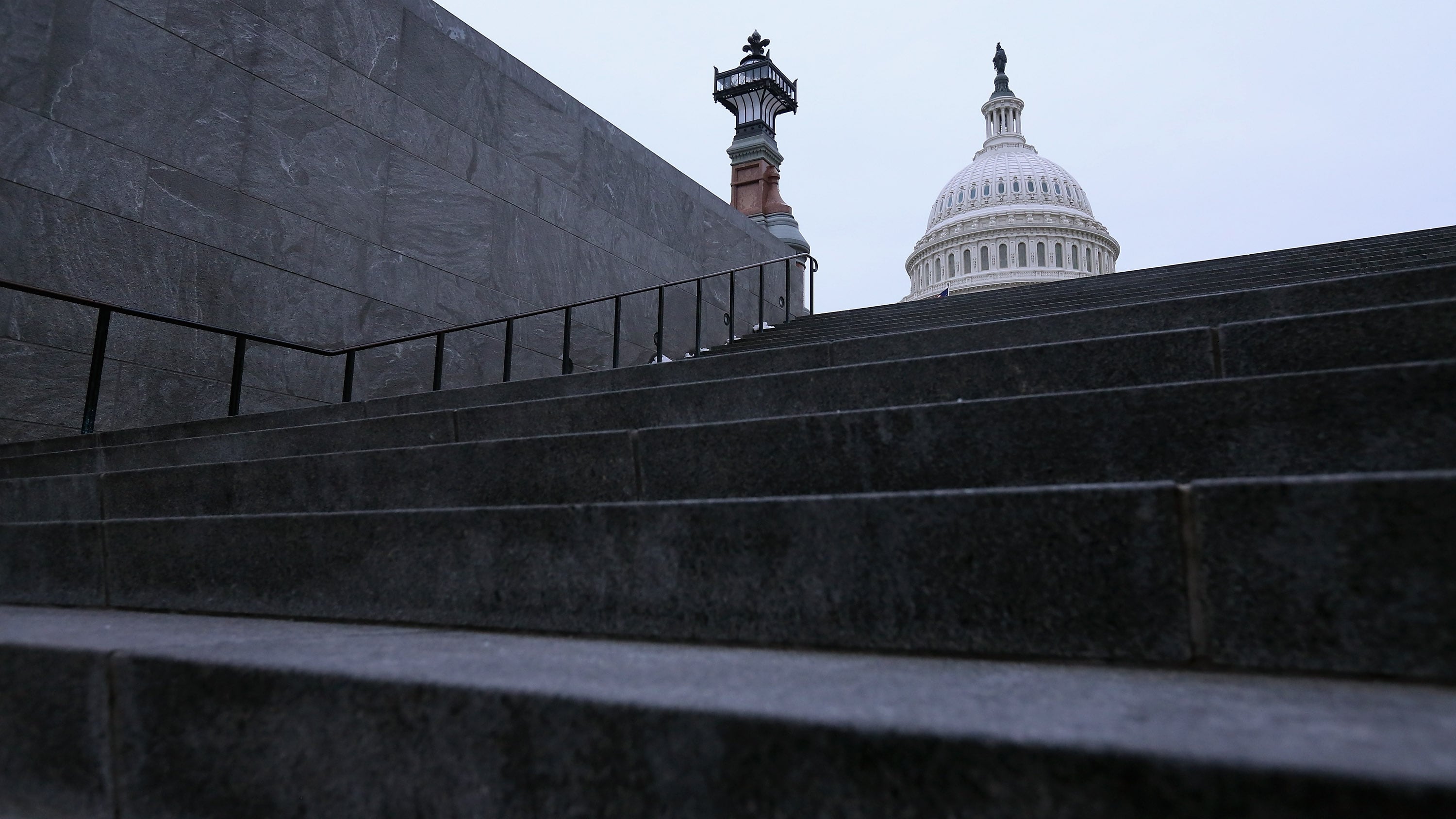WASHINGTON — As the clock ticks down on the government’s current funding stream, Air Force leaders are carefully watching Congress for signs of a budget deal.
Although another short continuing resolution (CR) seems all but inevitable, Air Force leaders remain hopeful for a broader budget agreement that will raise defense spending limits and allow the service to boost its end strength, flight hours and weapons procurement.
“If we can actually start improving our readiness, then we can really get at some of the systemic challenges we have in our flight hour program, in getting our munition stocks up to where we need to be, [and] investing in airmen by getting them the kind of training we need,” Air Force Chief of Staff David Goldfein said in an exclusive Dec. 3 interview with Defense News.
Air Force Secretary Matt Donovan said he’s hopeful that Congress will be able to hammer out a deal before the end of the year.
“We’ve had two bipartisan budget agreements over the past four years, that have raised the caps and have given us relief from [the Budget Control Act],” he told Defense News on Dec. 2. “If it extends for another two-week CR , that won’t have a lot of impact to us.”
But little time remains for hammering out a deal, and other matters — from lawmakers’ sexual harassment scandals to disagreements on illegal immigration — threaten to derail discussions on whether to boost discretionary spending. The current CR, which sets government funding at the same funding levels as fiscal year 2017, will come to an end on Dec. 8. Lawmakers are scrambling to pass another short-term stopgap, but the specifics of a deal are still in the air.
House and Senate leaders prefer a two-week continuing resolution to buy time for a deal to fund the federal government for 2018, but there was talk among lawmakers Tuesday on a range of options: CR’s through Dec. 22 (before Congress’s Christmas break) and Dec. 30, and even into January.
RELATED

Meanwhile, the military is staring two bad outcomes in the face.
The worst case scenario for the Air Force, according to Goldfein, is a budget deal that does not increase the spending caps imposed by the Budget Control Act, which allots the Defense Department only $549 billion for fiscal year 2018. The Trump administration requested $603 billion in defense funding, and the congressional armed service committees are advocating for a $700 billion defense budget for that year.
For the Air Force, returning to BCA levels would create a “$15 billion math problem” that would require leaders to make huge cuts to procurement, readiness and manpower, Goldfein said.
“That will devastate the Air Force and the other services, and we still haven’t recovered from the last time we were sequestered. So this one would be additive to the last one,” he said.
One of Goldfein’s biggest fears is that sequestration would exacerbate t,he Air Force’s longstanding pilot shortage. The service has retention problems and has put a number incentives in place meant to deter airmen from the higher-paying commercial aircraft industry, but pilots and aircrew who can no longer do their jobs will likely look for other employment.
“If you’re not preparing for or executing combat operations, then you’ll likely stop flying. Currencies will lapse, qualifications will cease, and we’ll potentially look back on the timeframe of having an only 2,000 pilots short [force] as a dream,” he said.
It takes 10 years and $10 million to train an F-22 instructor pilot. Should experienced pilots begin leaving en masse, it creates a gap in numbers and expertise that will take years to replace, he said.
RELATED

A long-term continuing resolution that stretches into 2018 would be the next most harmful scenario, and could especially effect procurement, as no new-start programs or contracts can begin under a CR.
“Then I have to go back to industry and tell them once again, ‘I can’t tell you how many munitions I’m going to buy. I can’t predict for you our plan, anything beyond last year’s spending, so pretty much everything is on hold.’ And all of the readiness recovery we’ve been desperately trying to get at, we basically consume the readiness that we built and we just stay at the same level,” Goldfein said.
While Defense Secretary Jim Mattis has not yet asked the services for guidance on which defense programs could require special congressional approval called an anomaly to be funded as planned, the Air Force has its list ready.
“There’s no major defense acquisition programs in that next quarter that we would have to get an anomaly to award a contract,” Donovan said. “The last time I heard, it was between 40 and 50, but these are small programs.”
Joe Gould in Washington contributed to this story.
Valerie Insinna is Defense News' air warfare reporter. She previously worked the Navy/congressional beats for Defense Daily, which followed almost three years as a staff writer for National Defense Magazine. Prior to that, she worked as an editorial assistant for the Tokyo Shimbun’s Washington bureau.







